Click here to go to the YouTube video
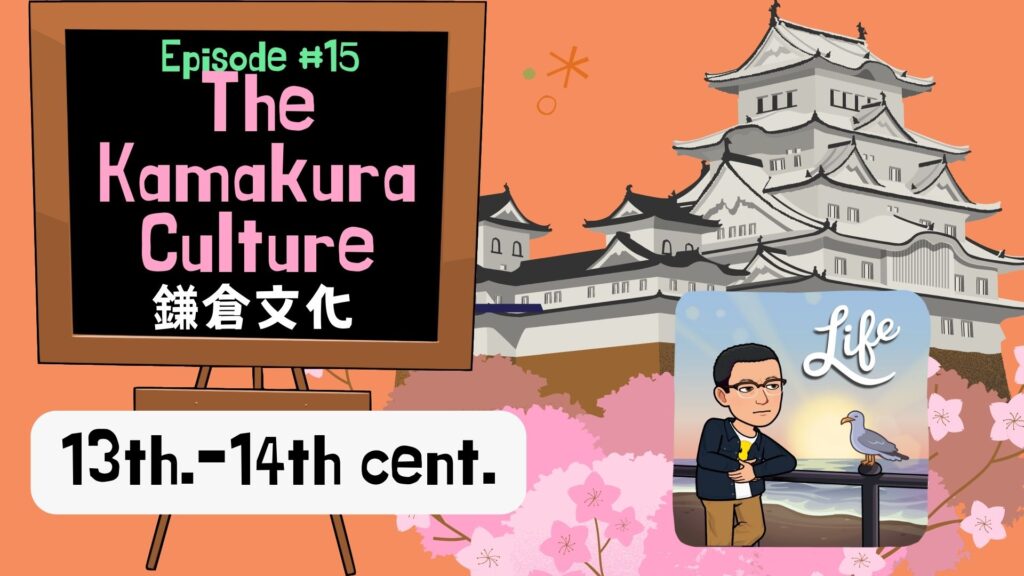
This episode is about Kamakura Culture. Let’s take a look at what kind of culture was born in the Kamakura period.

Nandaimon Gate of Todaiji Temple is a building representative of the Kamakura Culture. Todaiji Temple in Nara was burned down during the Genpei War but was rebuilt with donations from warriors and the people. The Kongorikishi statues were installed in this Nandaimon Gate. The artists were Unkei and Kaikei. The statues express the strength that flourished in the samurai spirit.
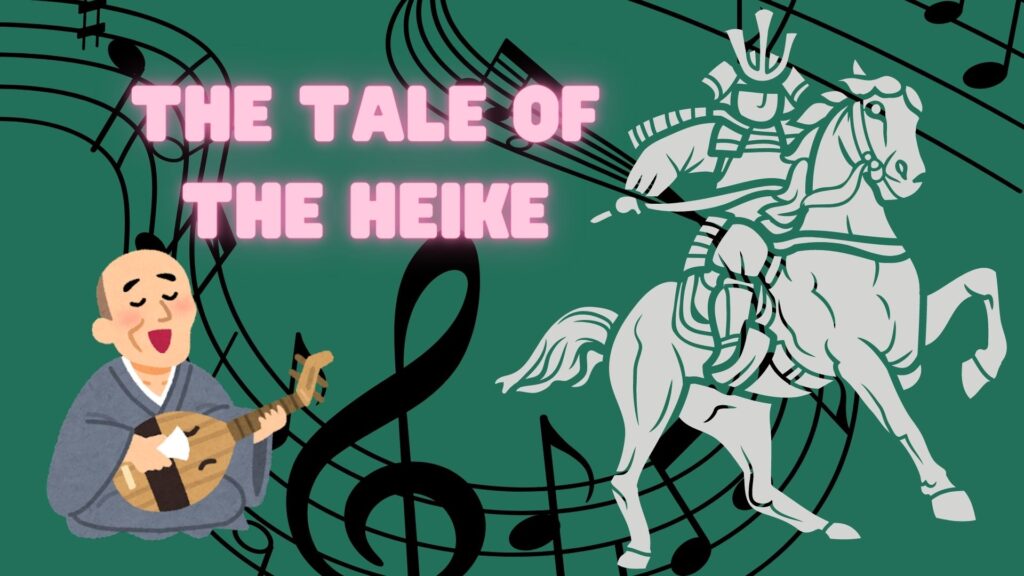
In the field of literature, the military chronicle “The Tale of the Heike” was created. It was sung by biwa poets and spread amongst the people. At that time, there were still few people who could read.
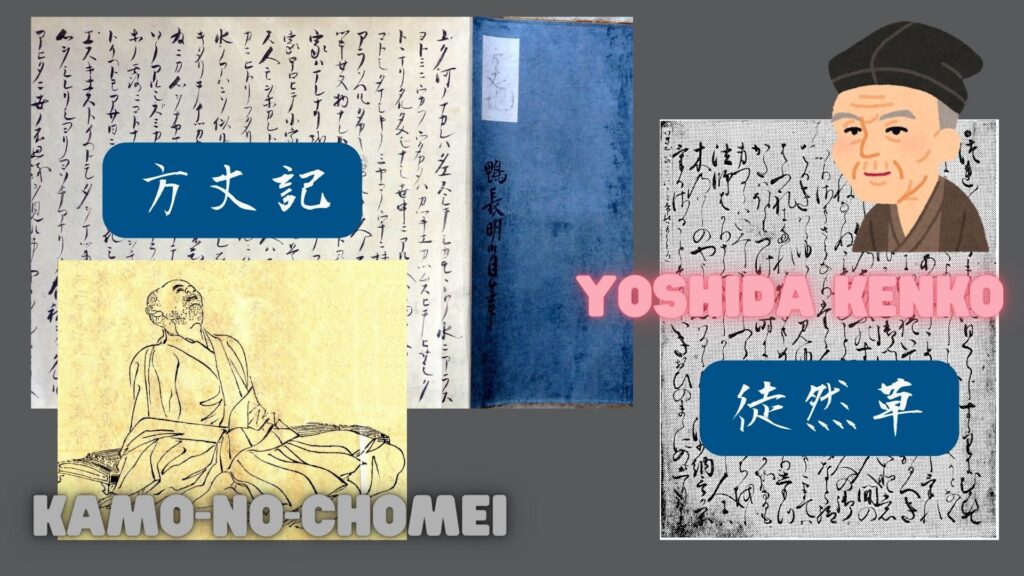
Kamo-no-Chomei wrote “Hojoki”. He left life in the capital for a life of seclusion where he documented the harsh conditions of the world. His writings are popular among business people today. Another work from this period is “Essays in Idleness,” by Yoshida Kenko which vividly described the lives of the people.
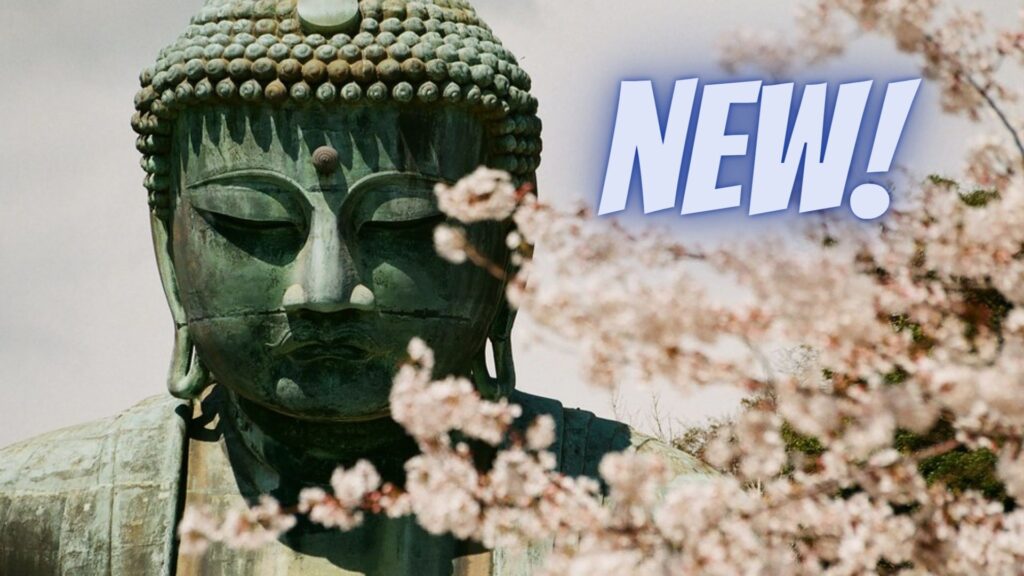
During the Kamakura period, several new types of Buddhism were born one after another to meet the needs of people seeking salvation. Let us look at some of them.

The first was Honen‘s Jodo sect. Honen taught that anyone can be reborn in the Pure Land of Ultimate Bliss by chanting the name of Amida Buddha.

The second is Shinran‘s Jodo Shinshu. Shinran was a disciple of Honen. Jodo Shinshu is a sect of Buddhism that teaches that those who believe in the salvation of Amida Buddha and are aware of their own sins will be saved.
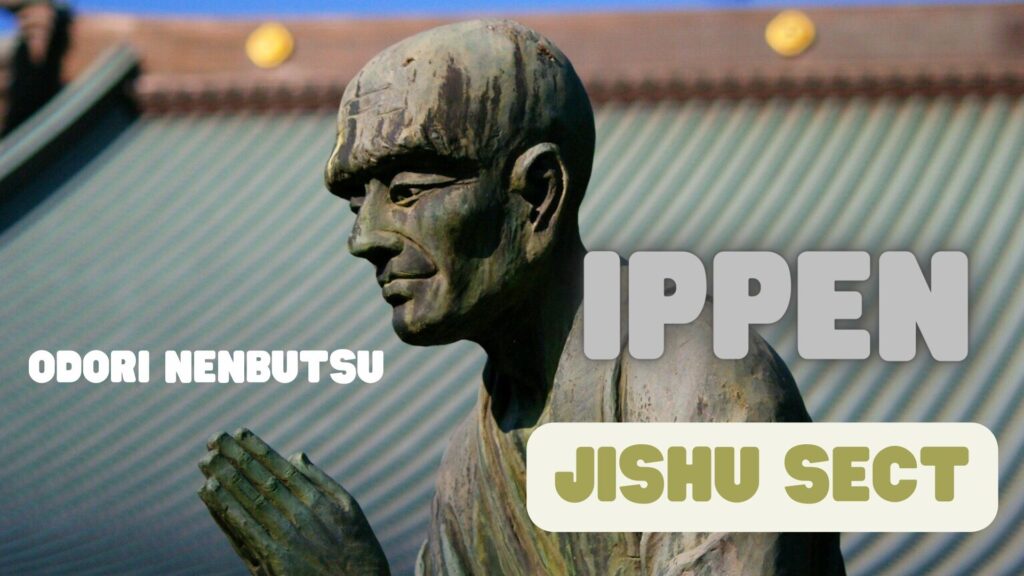
The third is Ippen’s Jishu sect. Ippen traveled on a missionary journey around central Japan using the Dancing Nembutsu; chanting the name of Amida Buddha.
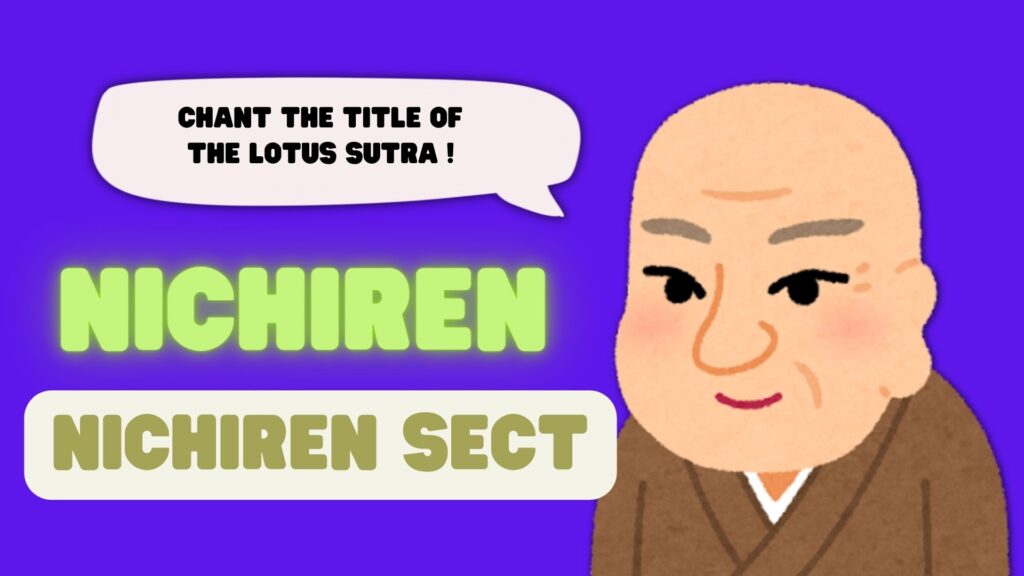
The fourth is Nichiren’s Nichiren sect. Nichiren preached that people and the nation could be saved by chanting the title of the Lotus Sutra. These four monks were attacked by traditional Buddhism, but their easy-to-understand teachings led them to be propagated widely among the people.
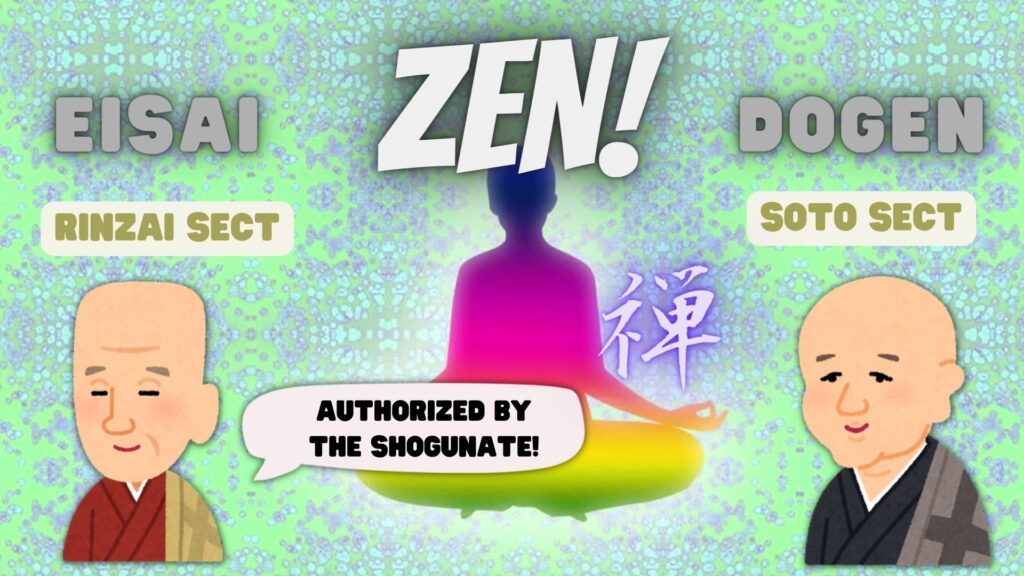
In the Kamakura period, Zen Buddhism was introduced to Japan by monks who had practiced in the Song Dynasty in China. The two main sects of Zen Buddhism are Eisai‘s Rinzai sect and Dogen’s Soto sect. Zen Buddhism teaches enlightenment through rigorous Zen meditation. Under the protection of the Kamakura Shogunate, Zen Buddhism spread mainly among samurai.
Thank you for reading this.




Comment